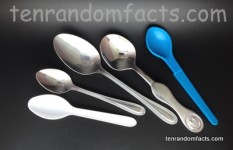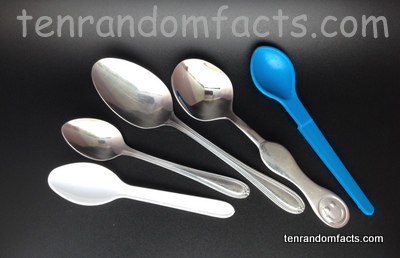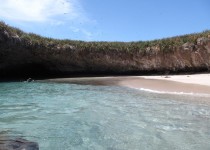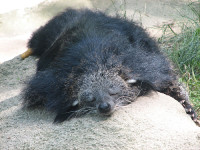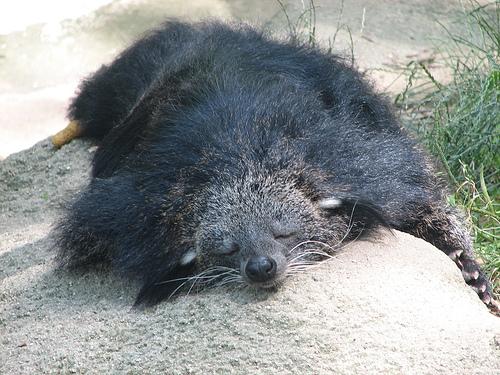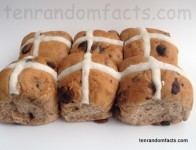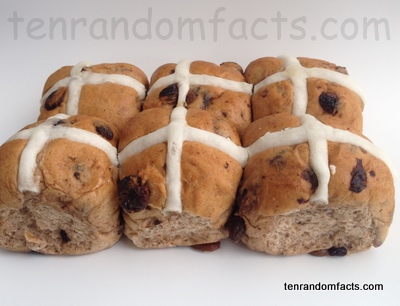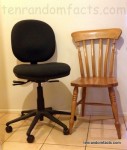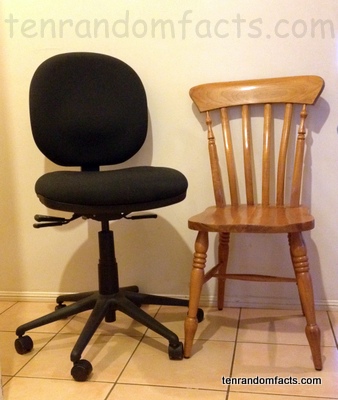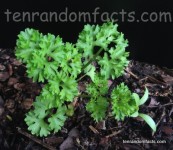
Prepare your pasta to appear profound with a piece of parsley.
- Parsley is a herb that grows as a biennial plant, and is native to some Mediterranean areas.
- The scientific name of parsley is Petroselinum crispum, and it is one of two species in the Petroselinum genus, that is from the family Apiaceae, the family of carrots and celery.
- Parsley is commonly added to dishes to flavour food, used as an ingredient in some condiments, and placed on plates or dishes as a garnish to increase the aesthetics of the food.
- ‘Parsley’ comes from the Old English and French words ‘petersilie’ and ‘peresil’, which both originate from the original Greek word for the herb, ‘petroselinon’.
- Myristicin, a volatile oil, is evident in parsley, which can negate potentially damaging molecules, like those found in smoke from cigarettes.
- Parsley has been grown in its native area since ancient times, and it has been used for medicinal purposes; while the Greeks viewed the herb as sacred, and used it to for ornamental purposes in tombs and to decorate champions of competitions.
- ‘Turnip root’ or ‘Hamburg root’ parsley is a variety of the herb that produces a root, similar in appearance to a parsnip, that can be eaten like a vegetable.
- Fresh parsley should be washed before consumption to remove dirt and other impurities, and while it is best consumed fresh, it can also be purchased as a dried herb in supermarkets.
- There are at least 30 varieties of parsley, and while they have different features, they are generally a vivid green colour and typically have a leafy appearance.
- Vitamin K levels are extremely high in parsley, and the herb has significant quantities of vitamin C and vitamin A.
Bibliography:
Parsley, 2015, The World’s Healthiest Foods, http://www.whfoods.com/genpage.php?tname=foodspice&dbid=100
Parsley, 2015, Wikipedia, http://en.wikipedia.org/wiki/Parsley





